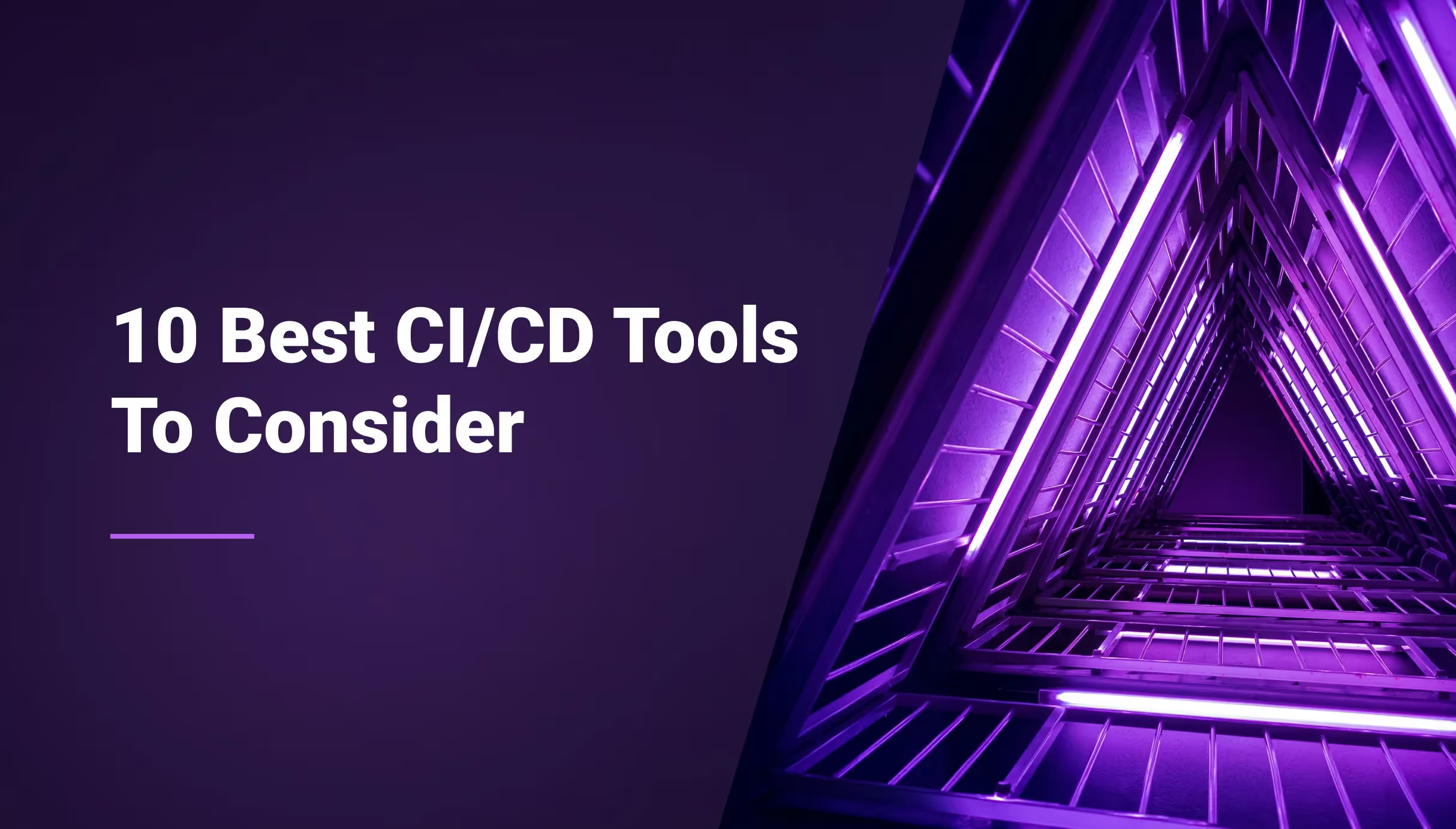At Qovery, we're using Rust for the Qovery Engine, in charge of deploying Cloud-managed Kubernetes Clusters, databases, and customers' applications.
In order to deploy containers on Kubernetes, we're using Helm as it provides a lot of exciting features like:
- Automatic rollback on failure
- Consistency across deployments (manages create/update/delete)
- Deployment history with manual rollback feature
- It's one of the most used standards to deploy on Kubernetes, so we easily find existing charts
- Safe lock deployments (denying parallel deployments)
- And much more
If you’re familiar with Helm and use several Helm charts to deploy everything on your stack, you certainly already have felt about missing lifecycles. By default, Helm provides Hooks to manage lifecycles. This is excellent when you’re the chart owner, as you can control it.
But something is missing. How do you manage lifecycles when you’re using a community chart? You have to fork the original Chart, add your hooks and maintain them over time (more or less depending on how customized your Hooks are). Quite boring, right?
Also, Hooks require a container to run your code as a job, so you have to create a container only for this purpose, store it on a registry, etc.
Finally, how do you handle exceptions, fallbacks, ensure your app works as expected (in addition to Kubernetes lifecycles)? There are no familiar ways to do that with Helm.
That’s why we decided to build something on top of Helm directly in the Engine, to add a common lifecycle mechanism.
Terraform Helm provider based
In another article, I was talking about why we removed Helm from Terraform. Even if the move was required, the way the Helm provider requested Chart configuration, was pretty good. So we decided to use something close to it with a struct.
Here is how we declare a chart to be deployed:
let external_dns = CommonChart {
chart_info: ChartInfo {
name: "externaldns".to_string(),
path: chart_path("common/charts/external-dns"),
values_files: vec![chart_path("chart_values/external-dns.yaml")],
values: vec![
// resources limits
ChartSetValue {
key: "resources.limits.cpu".to_string(),
value: "50m".to_string(),
},
ChartSetValue {
key: "resources.requests.cpu".to_string(),
value: "50m".to_string(),
},
ChartSetValue {
key: "resources.limits.memory".to_string(),
value: "50Mi".to_string(),
},
ChartSetValue {
key: "resources.requests.memory".to_string(),
value: "50Mi".to_string(),
},
],
..Default::default()
},
};
}Pretty simple for a basic Chart, right?
Structure
#[derive(Clone)]
pub enum HelmAction {
Deploy,
Destroy,
Skip,
}
#[derive(Copy, Clone)]
pub enum HelmChartNamespaces {
KubeSystem,
Prometheus,
Logging,
CertManager,
NginxIngress,
Qovery,
}
pub struct ChartInfo {
pub name: String,
pub path: String,
pub namespace: HelmChartNamespaces,
pub action: HelmAction,
pub atomic: bool,
pub force_upgrade: bool,
pub last_breaking_version_requiring_restart: None,
pub timeout: String,
pub dry_run: bool,
pub wait: bool,
pub values: Vec,
pub values_files: Vec,
pub yaml_files_content: Vec,
}
Compared to the Helm chart, you can note some differences we support:
- Direct YAML content in yaml_files_content, which is sometimes super convenient.
- last_breaking_version_requiring_restart: allowing us to uninstall a chart before installing it once again when some major breaking changes are required by community charts (and for sure there are no data associated)
We then decided to create defaults values as it’s very frequent to have common ones:
impl Default for ChartInfo {
fn default() -> ChartInfo {
ChartInfo {
name: "undefined".to_string(),
path: "undefined".to_string(),
namespace: KubeSystem,
action: Deploy,
atomic: true,
force_upgrade: false,
last_breaking_version_requiring_restart: None,
timeout: "180s".to_string(),
dry_run: false,
wait: true,
values: Vec::new(),
values_files: Vec::new(),
yaml_files_content: vec![],
}
}
}Trait
Here is starting the exciting part. We’re using an interface (called trait in Rust):
pub trait HelmChart: Send {
fn run(&self, kubernetes_config: &Path, envs: &[(String, String)]) -> Result, SimpleError> {
info!("prepare and deploy chart {}", &self.get_chart_info().name);
let payload = self.check_prerequisites()?;
let payload = self.pre_exec(&kubernetes_config, &envs, payload)?;
let payload = match self.exec(&kubernetes_config, &envs, payload.clone()) {
Ok(payload) => payload,
Err(e) => {
error!(
"Error while deploying chart: {:?}",
e.message.clone().expect("no error message provided")
);
self.on_deploy_failure(&kubernetes_config, &envs, payload)?;
return Err(e);
}
};
let payload = self.post_exec(&kubernetes_config, &envs, payload)?;
let payload = self.validate(&kubernetes_config, &envs, payload)?;
Ok(payload)
}
}As you can see there, there are several steps:
- check_prerequisites: ensuring everything is ok before doing any action
- pre_exec: run pre exec code before running any action on a chart
- exec: perform an action (deploy/delete) on a chart
- on_deploy_failure: run code when an action failed
- post_exec: run code after helm action
- validate: ensure deployed applications are working as expected
Lifecycles
Let’s dig into what those lifecycles contain.
check_prerequisites
By default, we simply check the prerequisites, like the file permissions on helm values override files:
fn check_prerequisites(&self) -> Result, SimpleError> {
let chart = self.get_chart_info();
for file in chart.values_files.iter() {
match fs::metadata(file) {
Ok(_) => {}
Err(e) => {
return Err(SimpleError {
kind: SimpleErrorKind::Other,
message: Some(format!(
"Can't access helm chart override file {} for chart {}. {:?}",
file, chart.name, e
)),
})
}
}
}
Ok(None)
}
}
pre_exec
Pre exec is really useful for some charts, to pre-check/validate/update stuff before going further. Super useful for example for already deployed applications without Helm, and you want to give ownership to Helm by updating annotations (like AWS CNI). by default, nothing is done:
fn pre_exec(
&self,
_kubernetes_config: &Path,
_envs: &[(String, String)],
payload: Option,
) -> Result, SimpleError> {
Ok(payload)
}
exec
Exec is where we define the Chart action to perform Deploy/Destroy/Skip:
fn exec(
&self,
kubernetes_config: &Path,
envs: &[(String, String)],
payload: Option,
) -> Result, SimpleError> {
let environment_variables = envs.iter().map(|x| (x.0.as_str(), x.1.as_str())).collect();
match self.get_chart_info().action {
HelmAction::Deploy => {
helm_exec_upgrade_with_chart_info(kubernetes_config, &environment_variables, self.get_chart_info())?
}
HelmAction::Destroy => {
let chart_info = self.get_chart_info();
match is_chart_deployed(
kubernetes_config,
environment_variables.clone(),
Some(get_chart_namespace(chart_info.namespace.clone()).as_str()),
chart_info.name.clone(),
) {
Ok(deployed) => {
if deployed {
helm_exec_uninstall_with_chart_info(kubernetes_config, &environment_variables, chart_info)?
}
}
Err(e) => return Err(e),
};
}
HelmAction::Skip => {}
}
Ok(payload)
}
}
on_deploy_failure
On failure, by default we collect events in order to debug when something goes wrong:
fn on_deploy_failure(
&self,
kubernetes_config: &Path,
envs: &[(String, String)],
payload: Option,
) -> Result, SimpleError> {
// print events for future investigation
let environment_variables: Vec<(&str, &str)> = envs.iter().map(|x| (x.0.as_str(), x.1.as_str())).collect();
kube_get_events(
kubernetes_config,
get_chart_namespace(self.get_chart_info().namespace).as_str(),
environment_variables,
)?;
Ok(payload)
}
}
post_exec
Run actions after an exec (deploy/uninstall/skip):
fn post_exec(
&self,
_kubernetes_config: &Path,
_envs: &[(String, String)],
payload: Option,
) -> Result, SimpleError> {
Ok(payload)
}
validate
Ensure the chart has correctly deployed elements and we validate there the service is working as expected:
fn validate(
&self,
_kubernetes_config: &Path,
_envs: &[(String, String)],
payload: Option,
) -> Result, SimpleError> {
match chart_info.action {
HelmAction::Deploy => {},
_ = {},
};
Ok(payload)
}
}
Obviously, this has to be adapted for any deployed solution.
Example of usage
Let’s try with a real use case. Here it’s the Prometheus Operator where we need to change the exec method to be able to manage lifecycle with CRDs (the uninstall phase):
#[derive(Default)]
pub struct PrometheusOperatorConfigChart {
pub chart_info: ChartInfo,
}
impl HelmChart for PrometheusOperatorConfigChart {
fn get_chart_info(&self) -> &ChartInfo {
&self.chart_info
}
fn exec(
&self,
kubernetes_config: &Path,
envs: &[(String, String)],
payload: Option,
) -> Result, SimpleError> {
let environment_variables: Vec<(&str, &str)> = envs.iter().map(|x| (x.0.as_str(), x.1.as_str())).collect();
let chart_info = self.get_chart_info();
match chart_info.action {
HelmAction::Deploy => {
if let Err(e) = helm_destroy_chart_if_breaking_changes_version_detected(
kubernetes_config,
&environment_variables,
chart_info,
) {
warn!(
"error while trying to destroy chart if breaking change is detected: {:?}",
e.message
);
}
helm_exec_upgrade_with_chart_info(kubernetes_config, &environment_variables, chart_info)?
}
HelmAction::Destroy => {
let chart_info = self.get_chart_info();
match is_chart_deployed(
kubernetes_config,
environment_variables.clone(),
Some(get_chart_namespace(chart_info.namespace.clone()).as_str()),
chart_info.name.clone(),
) {
Ok(deployed) => {
if deployed {
let prometheus_crds = [
"prometheuses.monitoring.coreos.com",
"prometheusrules.monitoring.coreos.com",
"servicemonitors.monitoring.coreos.com",
"podmonitors.monitoring.coreos.com",
"alertmanagers.monitoring.coreos.com",
"thanosrulers.monitoring.coreos.com",
];
helm_exec_uninstall_with_chart_info(kubernetes_config, &environment_variables, chart_info)?;
for crd in &prometheus_crds {
kubectl_exec_delete_crd(kubernetes_config, crd, environment_variables.clone())?;
}
}
}
Err(e) => return Err(e),
};
}
HelmAction::Skip => {}
}
Ok(payload)
}
}
Final word
We’ve been using this for production usage at Qovery for more than five months now. From an experienced Kubernetes point of view (+6y of XP on the Kubernetes ecosystem), I finally feel confident on helm chart deployments.
We don’t know if we will move out to a dedicated library. If we receive requests, we’ll consider it.





.webp)



.svg)
.svg)
.svg)













